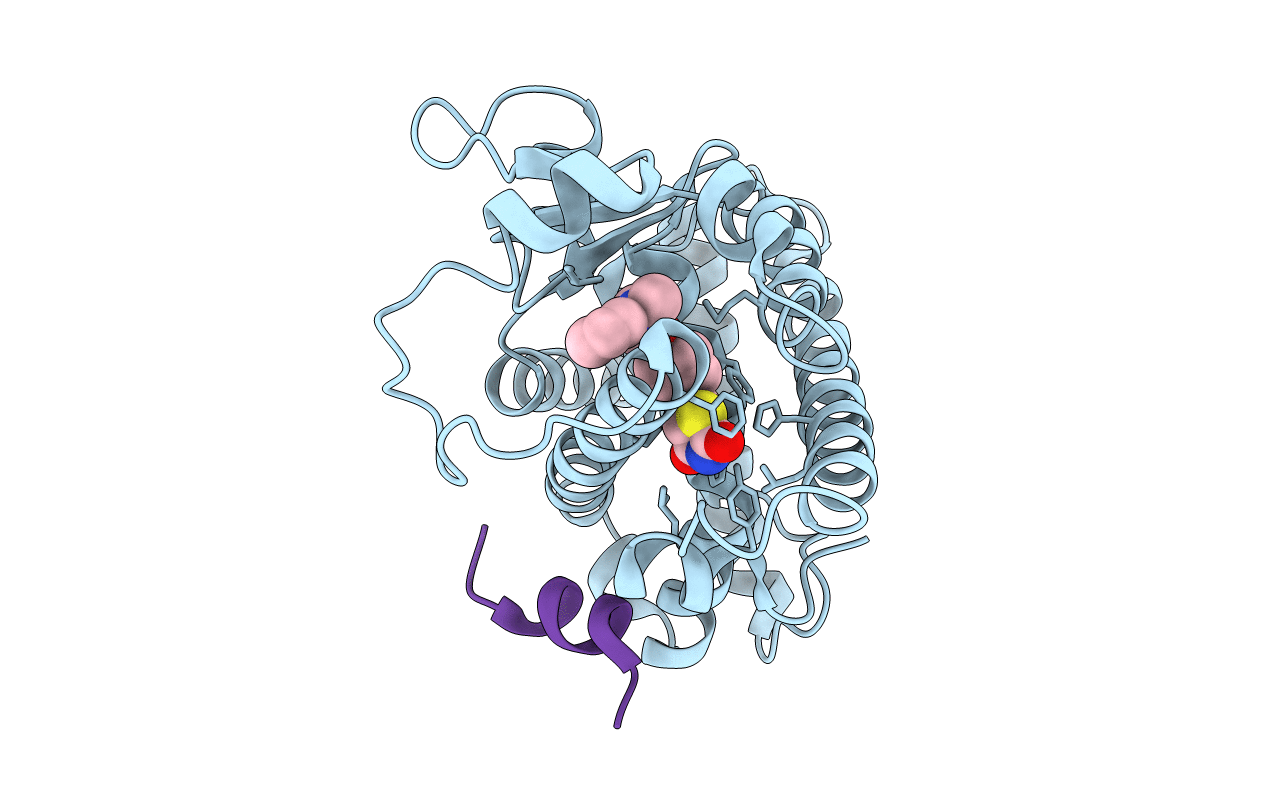
Deposition Date
2005-04-22
Release Date
2005-07-26
Last Version Date
2023-08-23
Entry Detail
PDB ID:
1ZGY
Keywords:
Title:
Structural and Biochemical Basis for Selective Repression of the Orphan Nuclear Receptor LRH-1 by SHP
Biological Source:
Source Organism:
Homo sapiens (Taxon ID: 9606)
Rattus norvegicus (Taxon ID: 10116)
Rattus norvegicus (Taxon ID: 10116)
Method Details:
Experimental Method:
Resolution:
1.80 Å
R-Value Free:
0.25
R-Value Work:
0.23
R-Value Observed:
0.23
Space Group:
C 1 2 1


